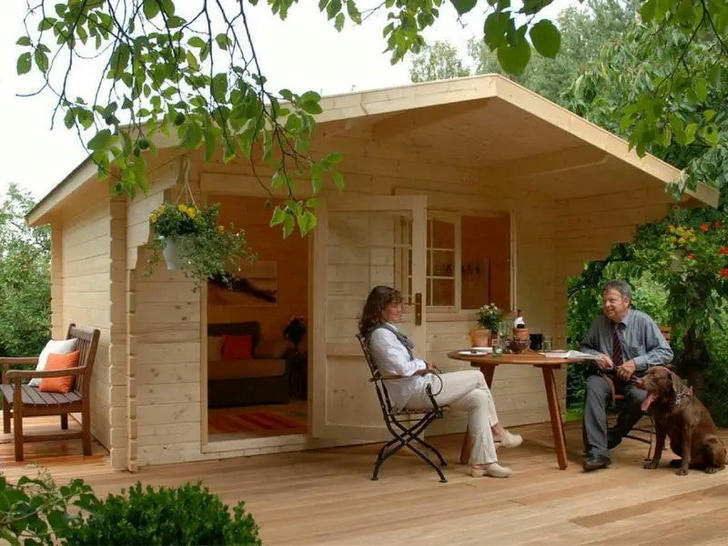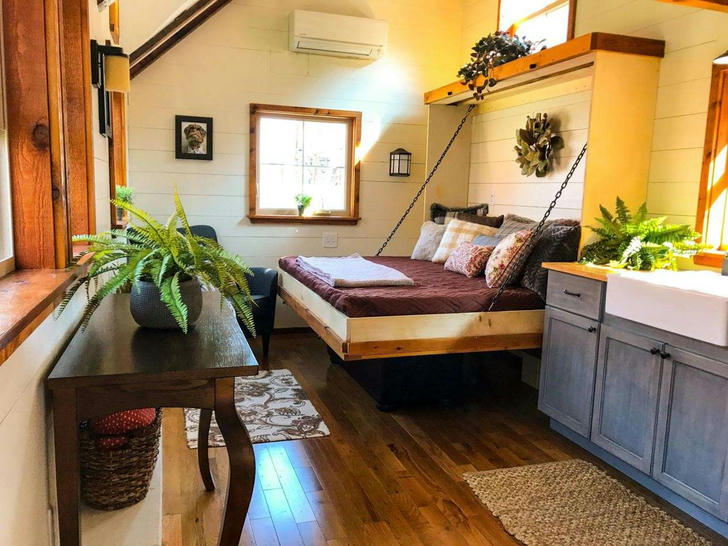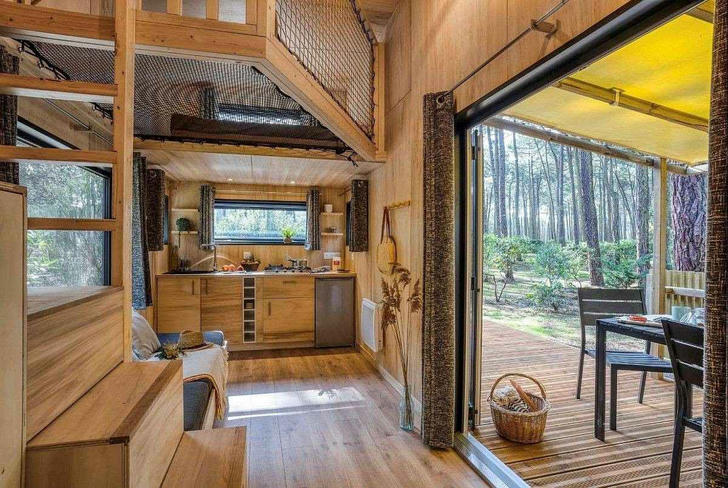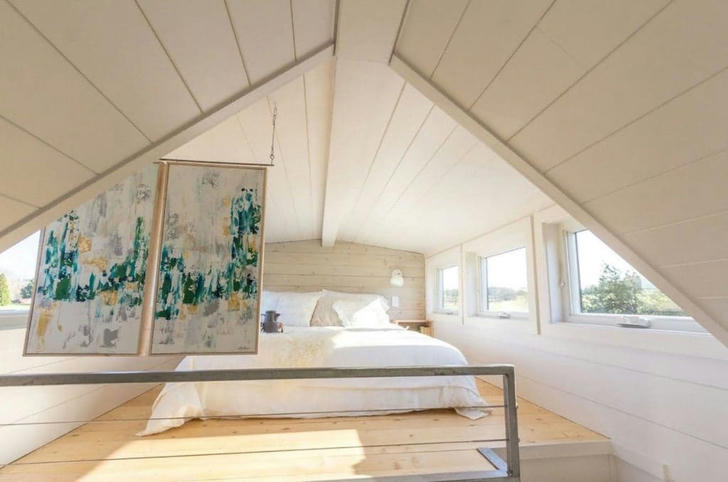Minimalist Cabin Living: Declutter Your Space and Simplify Your Life

Minimalism is a lifestyle and design philosophy that emphasizes achieving a higher quality of life by reducing material possessions and focusing on what is most important. Living minimally in a cabin encourages the reduction of belongings due to spatial constraints, fosters a closer connection to nature, and returns to simplicity. This means fewer pieces of furniture, decorations, and everyday items, emphasizing reduced material consumption and avoiding unnecessary purchases. Not only does this help save money, but it also lowers the impact on the environment, aligning with sustainable living principles. Therefore, minimal living in a cabin naturally simplifies life, allowing people to focus more on the essence of life and their inner sense of fulfillment.
Benefits of Minimal Cabin Living
Reducing Clutter, Enjoying Tranquility
A cluttered environment often increases psychological stress, while a streamlined space can create a feeling of ease and relaxation. With fewer items, the visual clarity contributes to mental peace, reducing feelings of anxiety and stress.
Minimalism fosters a sense of control over life, as unnecessary items and distractions are reduced, making life simpler and more manageable. This sense of control brings internal stability and security.
By reducing belongings, people can free up more physical and mental space. This blankness and sense of freedom provide room for new experiences, creativity, and growth opportunities, bringing more flexibility and freedom.
Easier Maintenance and Management
By reducing items, the time needed for cleaning and maintenance is minimized. Time and energy can be used more efficiently to manage the limited space.
Closer to Nature
Minimalist design creates more open space by simplifying interior spaces and reducing unnecessary items, expanding views and transparency. It emphasizes a seamless connection between indoor and outdoor spaces, encourages a reduction in indoor material possessions, and frees up more time and energy to explore the outdoors, fostering a closer bond with nature.
Simplifying Life through Minimal Cabin Living

This involves not just a reduction in material possessions, but also embracing the mindset of "less is more."
Cabins have limited space, and minimal living advocates keeping only truly necessary items, decluttering, maintaining cleanliness, regularly assessing belongings, and removing what is no longer needed. This approach reduces resource waste, adopts a sustainable lifestyle, and allows for a peaceful life while enhancing the quality of life and inner fulfillment.
Challenges and Coping Strategies in Minimal Cabin Living
Challenge 1:
Adapting to Space Limitations.Cabin spaces are often limited, which can feel cramped or inconvenient.
Coping Strategies:
Optimize Layout: Use multifunctional furniture, such as folding tables and sofa beds, to make the most of the space.
Utilize Vertical Space: Increase storage space by using walls and ceilings, such as hooks or wall cabinets, to keep the floor clear.
Regular Assessment: Periodically review owned items to ensure only truly necessary belongings are kept, preventing space from becoming cluttered.
Challenge 2: Overcoming Emotional Attachments to Items.Many people have emotional attachments to their belongings, and letting them go can cause internal conflict and discomfort.
Coping Strategies:
Gradual Letting Go: There’s no need to declutter everything at once; set small goals, such as clearing a certain number of items each week.
Reflect on Item Significance: Document the emotional value of each item to help understand which ones are truly meaningful and which can be released.
Find Alternatives: After letting go of items, identify activities that can replace them, such as using experiences and memories instead of physical possessions.

Challenge 3: Maintaining Order and Cleanliness.Keeping a small space tidy can be difficult, especially during busy times.
Coping Strategies:
Establish Cleaning Habits: Spend a few minutes each day tidying up the space to maintain a clean living environment.
Create Daily Routines: Develop a simplified daily plan to ensure regular cleaning and organizing.
Use Storage Solutions: Employ storage bins and organizers to categorize items, making them easy to access while keeping the space neat.
Challenge 4: Adjusting to a Simple Living Mindset.Transitioning to minimal living can feel disappointing or uncomfortable for those used to a materially abundant lifestyle.
Coping Strategies:
Adjust Expectations: Set realistic and achievable goals, accepting the simplicity and changes that life may bring.
Focus on Experiences: Shift the focus from material possessions to experiences, seeking cherished moments and activities in daily life.
Engage in Community Activities: Participate in local events or volunteer work to share experiences with others and enhance the sense of belonging to a simpler lifestyle.

Challenge 5: Dealing with Emotional Burdens.Some items may carry emotional memories, making them hard to let go.
Coping Strategies:
Document and Share: Record memories associated with these items and share them with friends or family to help let go of the physical items.
Create Keepsakes: For significant items, consider making albums or other mementos to preserve cherished memories while letting go of the physical items.
Minimalism is not just a design choice for living spaces but a comprehensive attitude and philosophy toward life. It encourages individuals to pursue inner peace and fulfillment in an increasingly materialistic society, enhancing the quality of life and happiness. By simplifying the external environment, people can focus more on personal growth and relationships, enjoying a more meaningful life.
